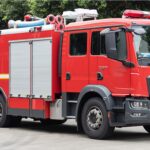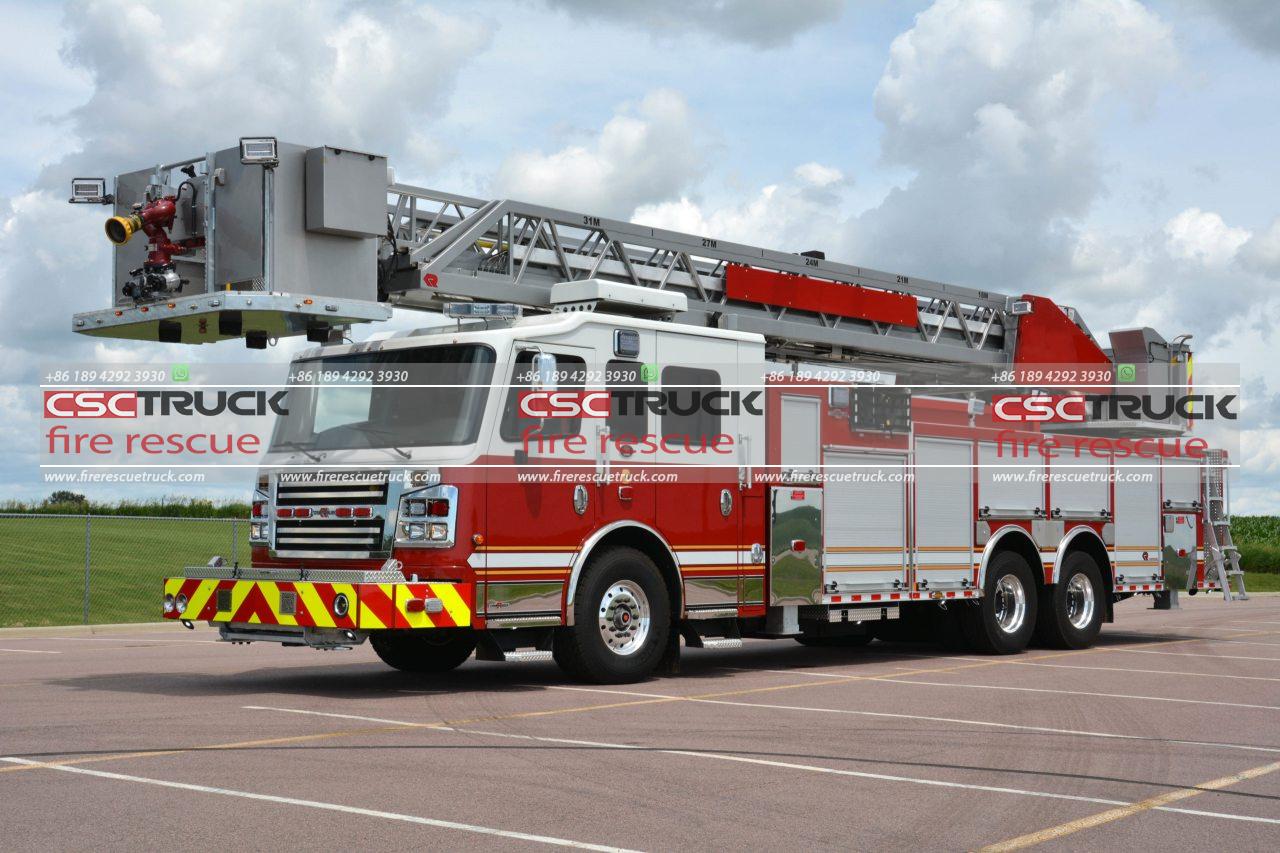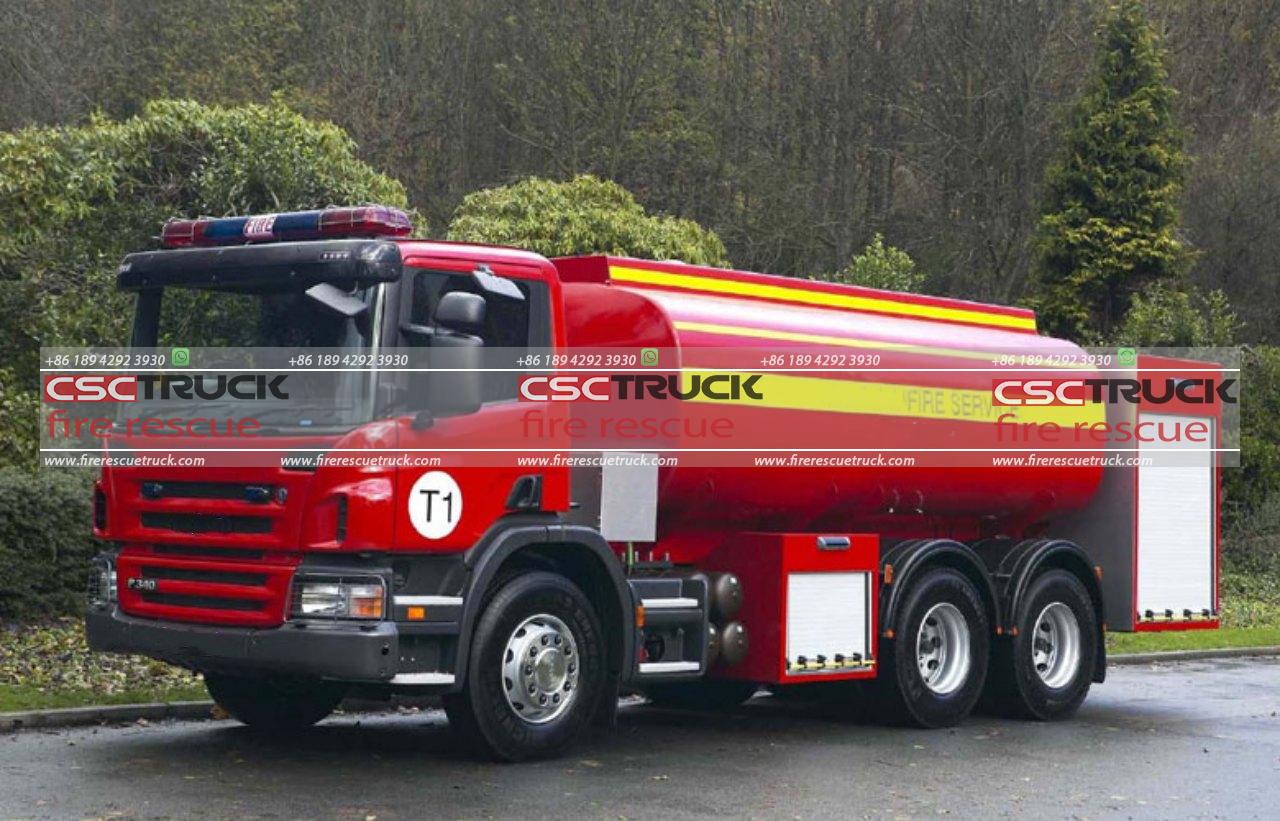Do US Fire Trucks Carry Water? Understanding Fire Truck Capabilities and Design
Fire trucks are an essential part of emergency response, designed to assist firefighters in managing fires, conducting rescues, and providing life-saving support. But one common question that often arises is: Do U.S. fire trucks carry water? The answer isn’t a simple yes or no, as there are different types of fire apparatus with varying functions. Here, we’ll delve into the types of fire trucks, their roles, and the specific ways they are equipped for firefighting, including whether or not they carry water.
1. Types of Fire Trucks in the U.S.
In the U.S., fire apparatus can be categorized based on their primary functions. The most common types include:
– Engines (Pumpers)
– Ladders (Trucks)
– Tanker/Tenders
– Rescue Trucks
– Wildland Engines
– Quints (Multipurpose Vehicles)
Each type of fire truck serves a unique purpose, and understanding their roles helps explain whether or not they carry water.
a. Engines (Pumpers)
Fire engines, also called pumpers, are the most common type of fire truck. These are equipped to perform the primary firefighting tasks, such as pumping water, suppressing fires, and laying hose lines. Engine trucks almost always carry a built-in water tank, typically ranging from 500 to 1,500 gallons, depending on the department’s needs and local requirements. The water stored in these tanks serves as an immediate water source when firefighters arrive on the scene, allowing them to start suppression efforts even before they connect to a fire hydrant or another external source.
b. Ladders (Trucks)
Ladder trucks, commonly called “trucks” in fire service terminology, are specialized in providing access to high places and elevated areas. Their equipment includes extendable ladders, aerial platforms, and various rescue tools. Unlike engine trucks, ladder trucks typically do not carry water. Their primary function is not fire suppression but providing access for rescue operations and ventilation by reaching rooftops and high floors in multi-story buildings. Ladder trucks often have a pump system, but they rely on an external water source (such as a hydrant or a fire engine) to pump water up to their hoses if necessary.
c. Tanker/Tenders
Tanker trucks (or water tenders) are specifically designed to transport large quantities of water to areas that lack a reliable water supply, such as rural or remote locations. These trucks are generally equipped with much larger tanks, often carrying between 1,500 and 5,000 gallons of water. Tanker trucks serve as a mobile water supply, delivering water to firefighting operations where other water sources, like hydrants, are inaccessible. Unlike engine trucks, they lack built-in pumping systems for high-pressure operations and thus are often paired with an engine to pump the water for firefighting purposes.
d. Rescue Trucks
Rescue trucks are highly specialized vehicles equipped with tools and equipment primarily for technical rescues—such as vehicle extrication, confined space rescues, and hazardous materials incidents. These trucks usually don’t carry water, as their primary purpose is to bring specialized tools and equipment to the scene. Some rescue trucks may include small water systems for use in minor fires or chemical spills, but water storage is not their central function.
e. Wildland Engines
Designed for fighting wildfires, wildland engines are built with rugged off-road capabilities to access remote areas. They typically carry smaller water tanks, usually around 200-800 gallons, which allows firefighters to begin operations quickly in areas where natural water sources like streams or ponds may be limited. These engines are agile, allowing firefighters to respond rapidly to wildfires and move between difficult terrains.
f. Quints
Quint trucks are unique multi-purpose vehicles that combine features of both engine and ladder trucks. They are equipped with a pump, water tank, hose, aerial ladder, and ground ladders, fulfilling the functions of both an engine and a ladder truck. Quint trucks are commonly used in urban areas where fire departments need the versatility of both a pumper and an aerial truck without having 2 separate vehicles. The water capacity of a quint truck is usually around 500 gallons, which provides an immediate water source but may require additional water supply from hydrants or other trucks for prolonged operations.
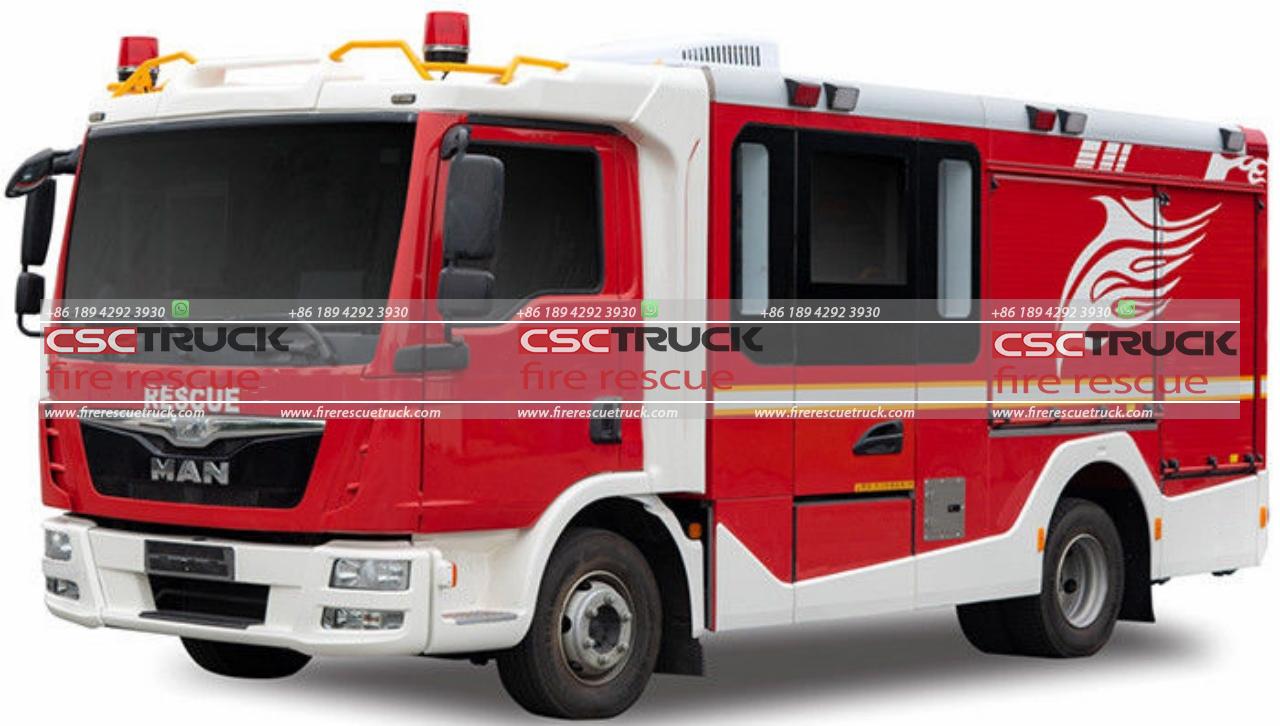
2. How Much Water Do Fire Trucks Typically Carry?
Water capacity on fire trucks varies based on the type and intended purpose:
– Engines (Pumpers): 500 to 1,500 gallons
– Tanker/Tenders: 1,500 to 5,000 gallons
– Wildland Engines: 200 to 800 gallons
– Quints: Around 500 gallons
Fire departments determine water capacity based on factors like local infrastructure, typical fire hazards in the area, and the availability of hydrants or natural water sources.
3. Firefighting Techniques and Water Supply
The presence or absence of water on a fire truck influences how firefighters respond to incidents. For example, in areas with extensive hydrant networks, firefighters are more likely to rely on hydrants as the primary water source. When they arrive at a scene, firefighters first use the water in the truck’s tank for immediate action, which provides time to connect hoses to a hydrant or set up water transport from other trucks.
Rural Firefighting and the Role of Tankers
In rural or remote areas, where hydrants may be scarce, tanker trucks are invaluable. Tankers shuttle water to the scene, providing a sustained water supply for firefighting. In some cases, multiple tanker trucks form a “water shuttle,” repeatedly transporting water to fill portable tanks, which are then used by the engines on the scene.
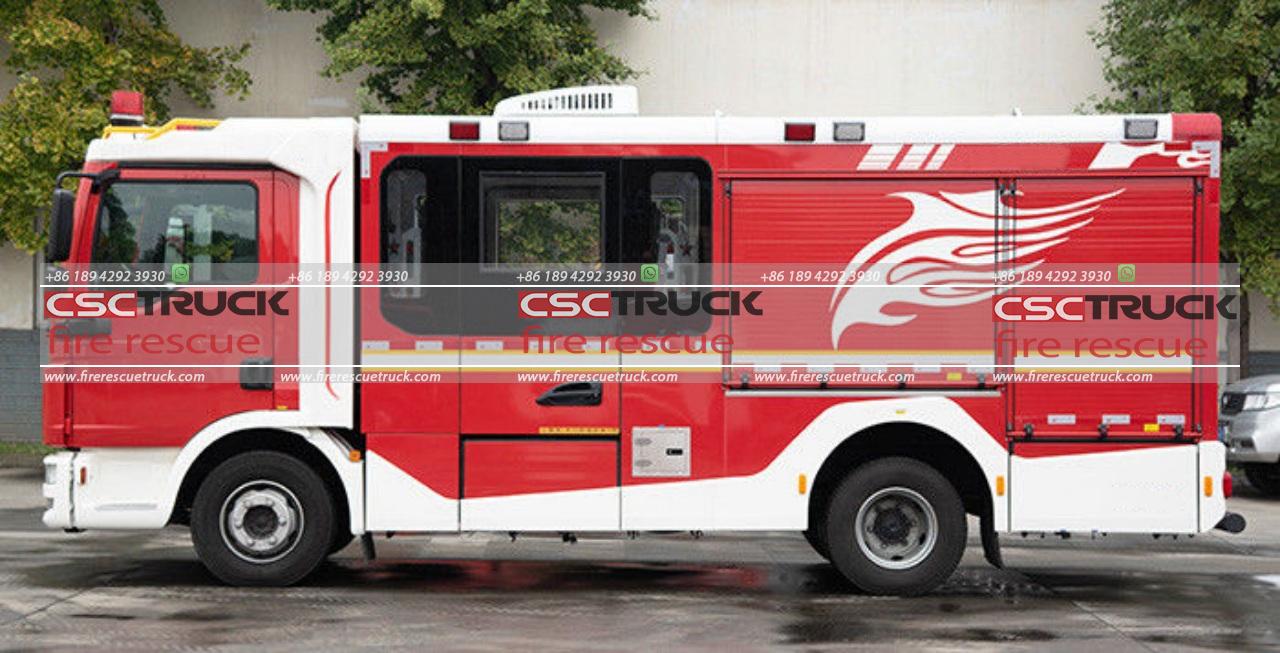
4. The Evolution of Water Capacity in Fire Trucks
The design and water-carrying capacity of fire trucks has evolved with firefighting needs and technology. In the past, engines with limited water tanks were often supplemented by specialized vehicles. Modern engines are designed with larger tanks, improved pump systems, and more efficient use of water. Departments continue to adapt their vehicles based on local needs, such as increasing tanker capacity in regions with limited water access or optimizing engine pumpers for urban environments with robust hydrant systems.
5. Specialized Equipment and Foam Systems
While water remains the primary medium for extinguishing most fires, some fire trucks are equipped with foam systems or other suppressants for specific fire types, like chemical or fuel fires. These systems mix foam with water, enhancing the effectiveness in certain conditions, such as fighting flammable liquid fires or minimizing water damage in structure fires.
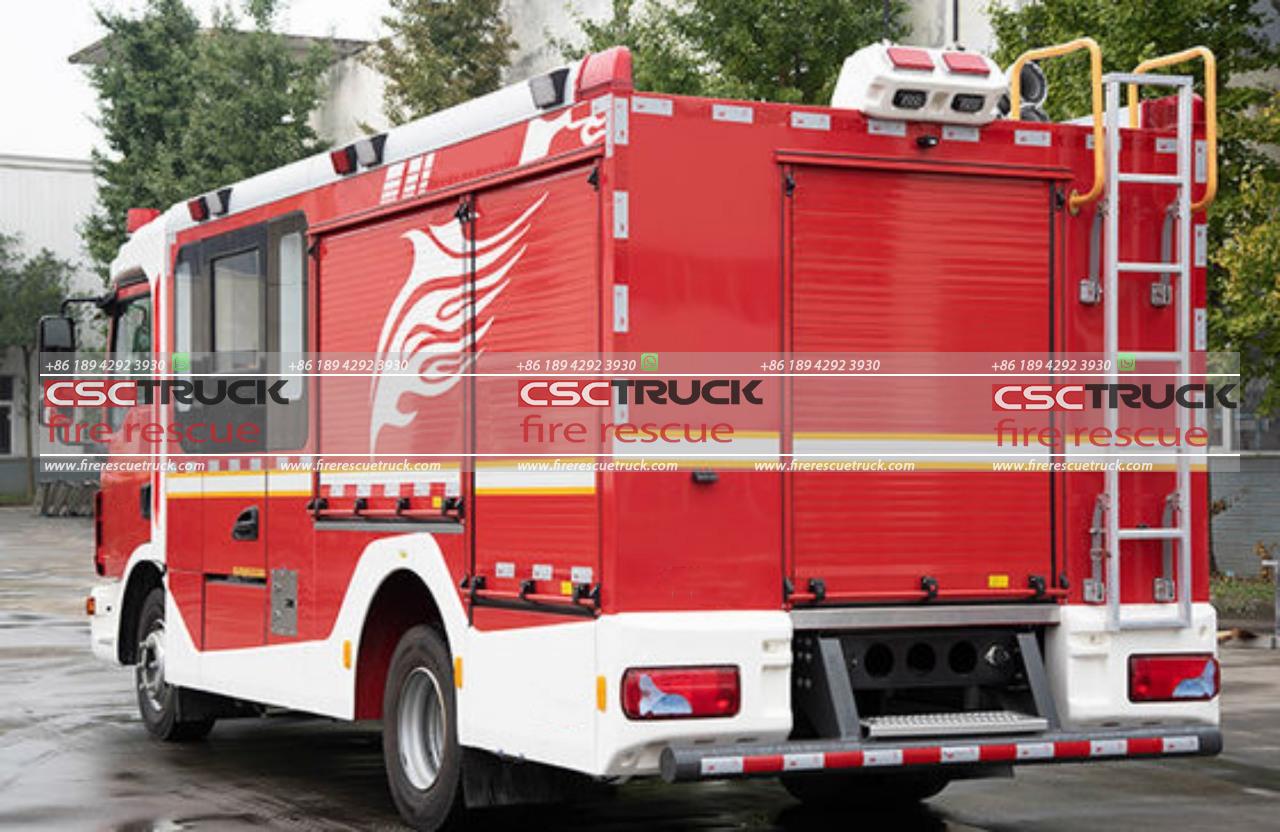
6. Conclusion: Not All Fire Trucks Carry Water, But Many Do
In summary, whether or not a U.S. fire truck carries water depends largely on its designated role within the fire department. Engine trucks, tankers, wildland engines, and quints are equipped with water tanks to fulfill their firefighting functions. Ladder trucks, rescue trucks, and some specialized vehicles, however, do not typically carry water since their focus is on other essential tasks such as rescue operations and providing elevated access.
The diverse range of fire trucks within a department reflects the varying demands of urban and rural firefighting, ensuring that firefighters have the right tools and water supply when seconds count. This diversity allows for quick adaptation to various fire scenarios, supporting a rapid and effective response that keeps communities safe.



